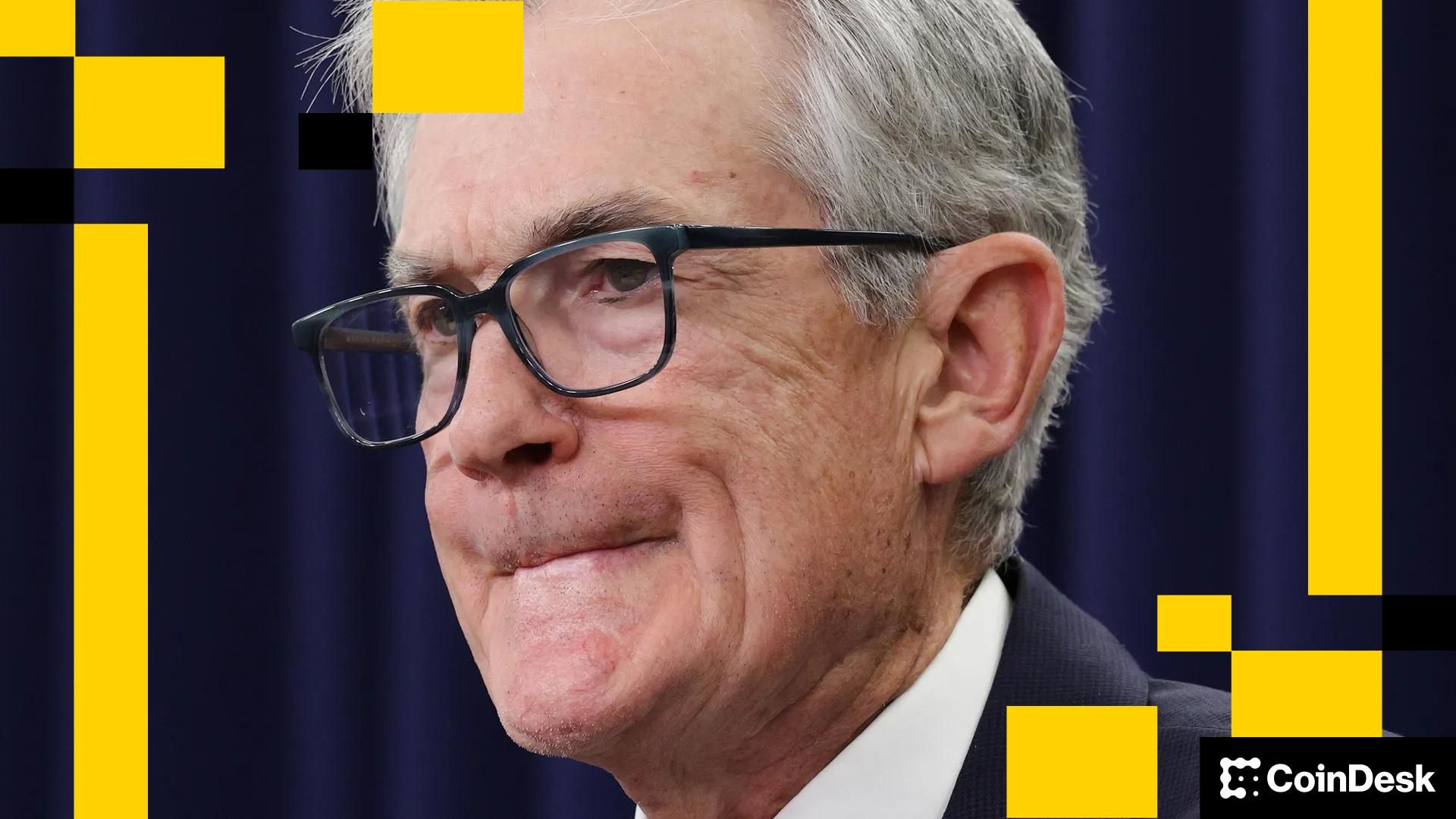On the last day of October, the U.S. Federal Reserve announced a significant $29.4 billion injection into the banking system. This substantial repo transaction, the largest since the 2020 pandemic, is designed to alleviate pressures in short-term funding markets and grant financial institutions temporary relief. While the action has sparked optimism among traders of riskier assets, authorities clarify it is not a return to quantitative easing but a temporary liquidity measure.
Why Did The Fed Resort to Such a Measure?
The Federal Reserve relied on its Standing Repo Facility (SRF) to execute this liquidity maneuver, a method by which banks can borrow cash with treasury securities as collateral. When such transactions occur, they result in adjustments to the banking reserves, redistributing liquidity. Diminishing cash reserves led to pressure through elevated overnight interest rates, necessitating intervention. A contributing factor was the ongoing reduction in quantitative measures combined with treasury actions to rebuild its cash base.
Will Bitcoin and Speculative Assets Benefit?
Through this injection, the Fed has managed to curb a potential spike in short-term rates, providing banks with much-needed relief and inadvertently giving a nod to higher-risk investments like Bitcoin. This influx enhances liquidity without equating to quantitative easing because the transaction does not involve direct asset purchasing but rather a temporary cash placement.
“There is some credit stress and a liquidity constraint due to the Treasury’s cash position. It will naturally stabilize over time,” remarked analyst Andy Constan, emphasizing the temporary nature of the imbalance, although he acknowledged potential escalations might warrant expanded interventions.
Below are critical points derived from the recent Fed action:
- The $29.4 billion adjustment is the largest since 2020’s pandemic response.
- The operation is conducted through SRF, reducing cash pressures on banks.
- There is an explicit differentiation from traditional QE, focusing on temporary liquidity.
If unchecked, liquidity constraints could result in prolonged high-interest rates. However, the Fed’s intervention aims to maintain stability without broader implications. For now, increased reserves are expected to encourage riskier market moves, although the root causes, including the Treasury’s actions, require ongoing monitoring to ensure economic stability.
Disclaimer: The information contained in this article does not constitute investment advice. Investors should be aware that cryptocurrencies carry high volatility and therefore risk, and should conduct their own research.

















 English (US)
English (US)